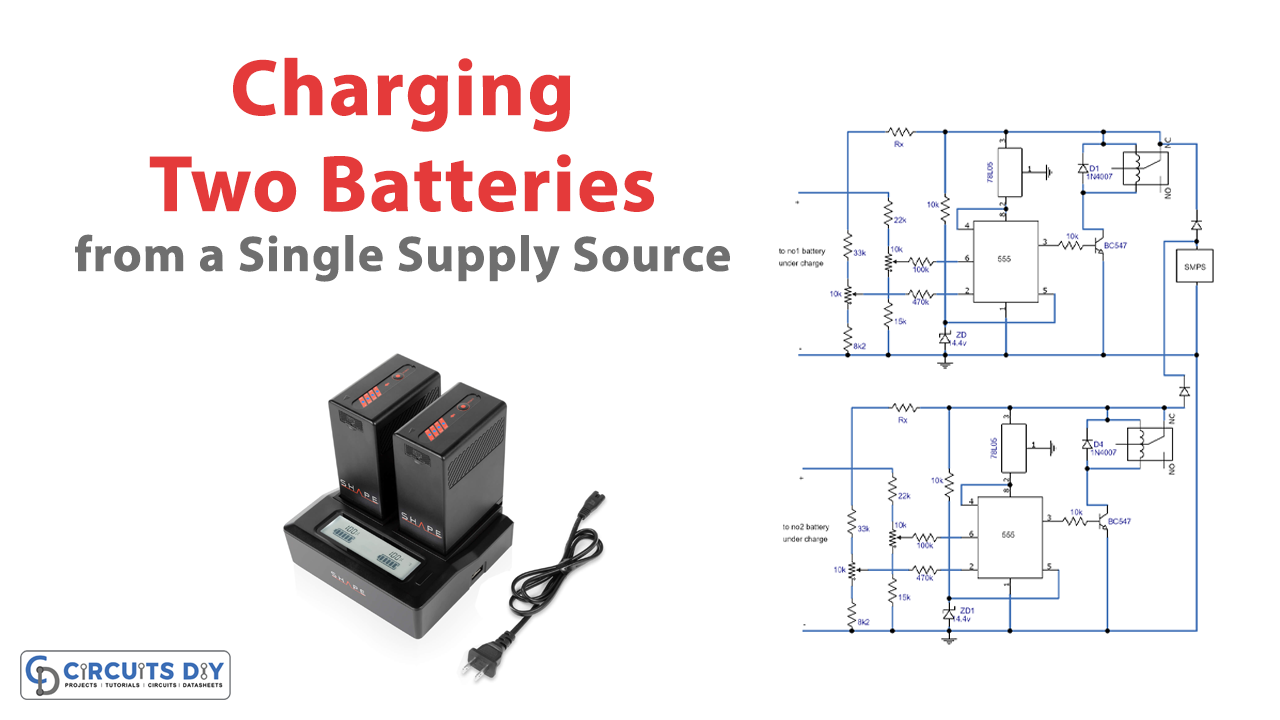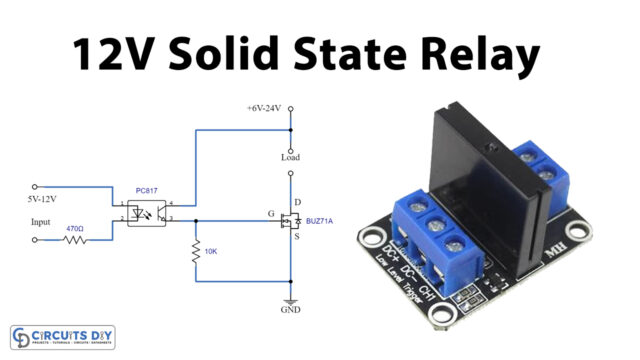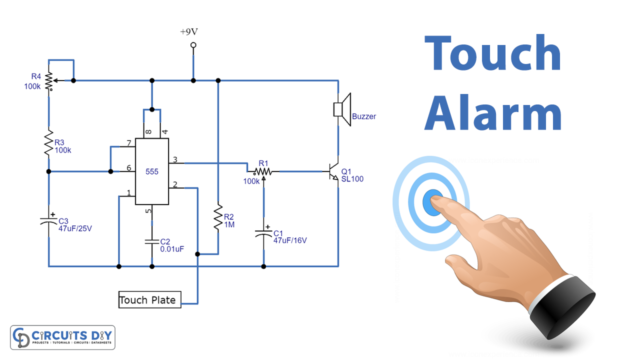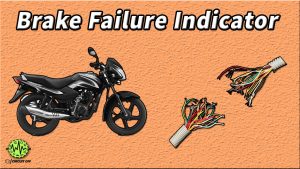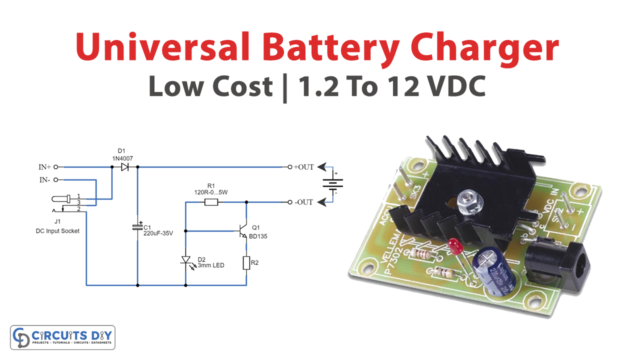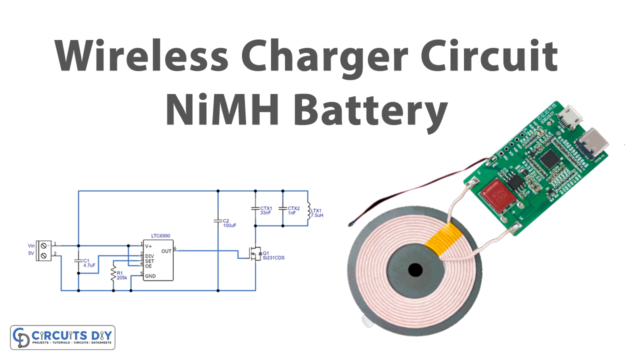Introduction
Hey there, battery enthusiasts! Have you ever found yourself in a situation where your device needed to be powered by two batteries, but you only had one power source? It’s a common problem that can easily be solved with the right knowledge.
This tutorial will showcase how you can charge two batteries from a single power supply source without any hassle. With the help of the IC555, diodes, and resistors, you can efficiently charge both batteries while ensuring they are loaded uniformly. So, grab your notebooks and dive into the world of battery charging!
Hardware Required
| S.no | Components | Value | Qty |
|---|---|---|---|
| 1 | IC | 7805, NE555 | 2, 2 |
| 2 | Transistor | BC547 | 2 |
| 3 | Resistor | RX, RY, 10k, 22k, 33k, 100k, 470k, 15k, 8k2 | 1, 1, 4, 2, 2, 2, 2, 2, 2 |
| 4 | V. Resistor | 10k ON ADJ 10k OFF ADJ | 2 2 |
| 5 | Zener Diode | 14.4V | 2 |
| 6 | Diode | 1N4007 | 2 |
| 7 | Switch | — | 2 |
Circuit Diagram
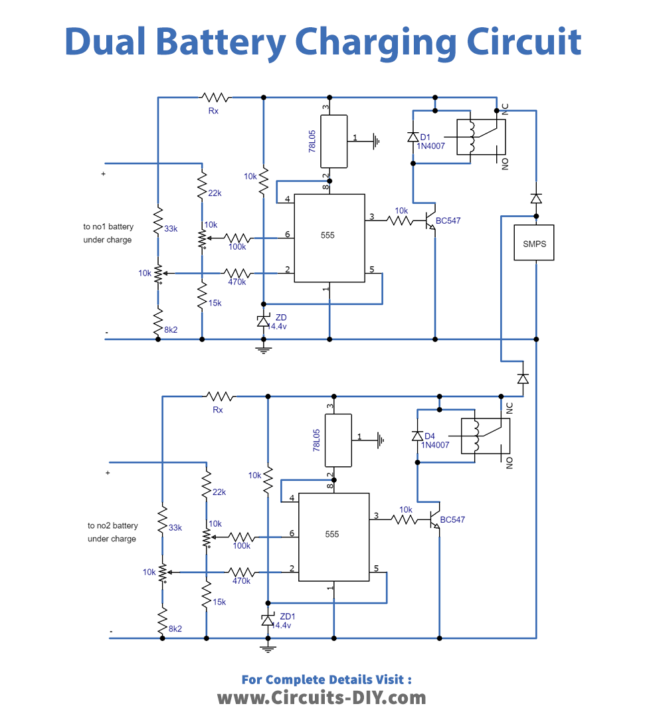
Circuit Explanation
Using the IC555, the proposed dual battery charger’s circuit layout exhibits two identical stages that produce two levels responsible for managing the charging thresholds (lower and upper) of the connected batteries. The SMPS serves as the common power source for both the 555 stages, which supply power to the batteries with the assistance of individual diodes and relay contacts. The diodes are crucial in keeping the power completely isolated from the two levels.
The pivotal component of the circuits consists of the pair of resistors Rx and Ry, which serve as resistors that reduce the current for both levels. These components guarantee accurate and appropriate levels of current for each battery. Furthermore, this ensures that the SMPS is evenly distributed throughout the corresponding batteries. In order to determine the correct values for Rx and Ry, Ohm’s law should be utilized in accordance with the AH ratings of the batteries.
Final Words
In conclusion, charging two batteries from a single power supply source has never been easier. By utilizing the IC555, diodes, and resistors, you can efficiently charge both batteries without needing separate chargers. This design ensures that the SMPS is loaded uniformly across both batteries, preventing any discrepancies from occurring. So why not try this circuit design and experience the convenience of charging two batteries at once?


